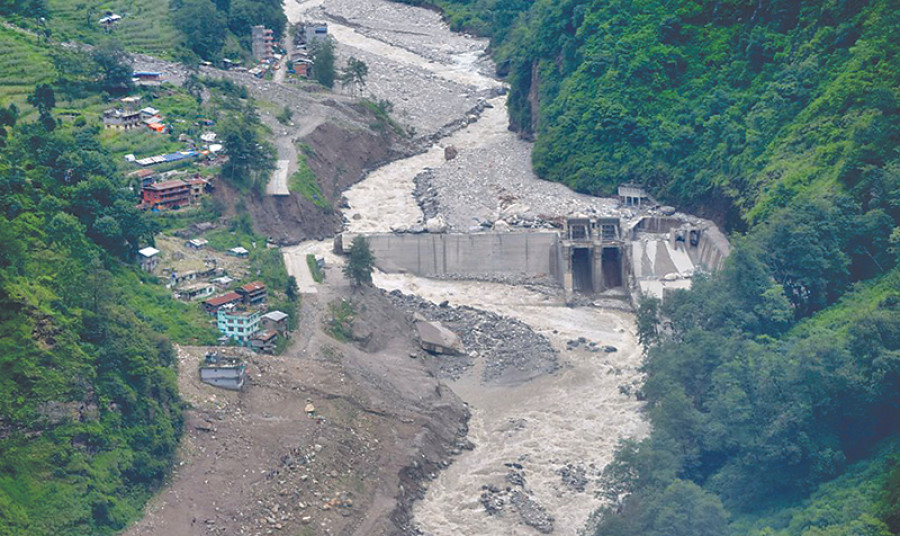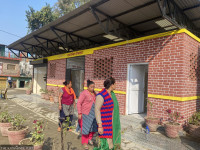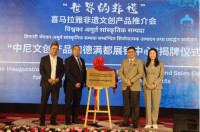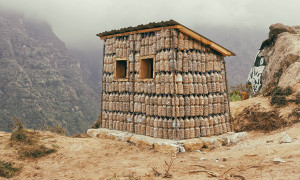Money
Reconstruction of Upper Bhotekoshi project begins
Reconstruction work of Sindhupalchowk-based Upper Bhotekoshi Hydroelectricity Project, which was destroyed by earthquakes and floods of 2015 and 2016, has begun.
Anish Tiwari
Reconstruction work of Sindhupalchowk-based Upper Bhotekoshi Hydroelectricity Project, which was destroyed by earthquakes and floods of 2015 and 2016, has begun.
Bhote Koshi Power Company, which owns and operates the 45MW project, has hired a Chinese company to carry out the reconstruction work. The reconstruction work is slated to be completed in the next 22 months.
“We are currently clearing rocks that have entered the headworks,” said Bikram Ratna Sthapit, CEO of Bhote Koshi Power Company, adding, “Rebuilding headworks will cost us as much as building a new one. This means we’ll have to invest billions of rupees.”
Upper Bhotekoshi Hydroelectricity Project located in Bhotekoshi rural municipality suspended electricity generation after devastating earthquake of April 25, 2015 caused damage to the plant. As it started repair works, outburst flood in Bhote Koshi River on July 5, 2016 caused more damage to the plant.
Since then the project has been lying dormant.
The project, which started commercial operation in 2001, is the first privately funded, run of the river hydroelectric power project in Nepal.
“Repair works of dam, which was damaged by floods, have already begun,” said Sthapit. The project had started repair works after conducting a preliminary study on extent of the damage. “If things go according to plan, we will complete the repair works within the deadline,” Sthapit added.
Locals want reconstruction work of the project to be completed as early as possible, as the sturdy dam at 10 kilo area of Sindhupalchowk prevents flood water from entering villages. Lately, at least five other hydropower projects that are generating electricity from Bhotekoshi River have started repairing their infrastructure.
Upper Bhotekoshi Hydroelectricity Project has been facing numerous hurdles since 2014. In August of that year, flood and landslide in Sindhupalchowk district completely damaged four transmission lines of the company, preventing it from evacuating electricity.
As the project started installing new transmission lines, locals created obstacles, demanding as much as 35 percent stake in the company.
Although demands for stake in a project that had launched its operation more than a decade ago were criticised by many, locals, who had received support from major political parties, did not back off.
Locals allowed the project to start reconstruction work of transmission lines only after the company agreed to transfer ownership of 6 percent stake in the project.




 9.12°C Kathmandu
9.12°C Kathmandu














